Scurvy
What is Scurvy?
Scurvy, also known as vitamin C deficiency, is a nutritional condition caused by a low intake of vitamin C (ascorbic acid). It is caused by a chronic extreme dietary vitamin C deficiency. Scurvy is a rare disease that is primarily linked to socioeconomic position. It can also appear as a result of food scarcity or in patients suffering from intestinal malabsorption caused by cancer or kidney illness.
Scurvy is commonly seen in infants aged six to twelve months, whose diet is typically deficient in fruits and vegetables. Scurvy is more likely to occur in children who eat poorly, have a mental illness, or have physical disabilities.
Vitamin C deficiency is prevalent in older adults and may be the cause of their serious illness. Older people may not consume certain foods or eat them in smaller quantities, which contributes to this condition.
Vitamin C is a water-soluble nutrient that is required for life. It functions as an antioxidant and a cofactor in collagen biosynthesis, iron uptake, carnitine, and catecholamine metabolism. It is required for the formation of collagen, the stimulation of the immune system, and the maintenance of a healthy epidermis, connective tissues, blood vessel walls, bone, and teeth. It aids in wound healing and burns rehabilitation.
What is vitamin C?
Vitamin C (ascorbic acid) is a very essential nutrient for your body. It’s liable for the development, growth, and recovery of your skin, bones, and connective tissue. In extra, you require vitamin C for your blood vessels to function correctly. Vitamin C assists keep your teeth and gums. It assists your body to soak iron, which it requires to create red blood cells. Vitamin C also assists heal burns and further wounds.
Vitamin C is an antioxidant, indicating it covers your cells against injury from free radicals. Free radicals are byproducts of regular cell activity which participate in chemical responses within cells. Some of these responses can generate injury over your lifetime.
Also, extra input of vitamin C can generate the following states:
- Diarrhoea
- Headache
- Urinary calculi
- Iron overload
- Urine acidification
- Gastrointestinal conditions
- Sleeping conditions
What are the symptoms of scurvy?
Vitamin C plays many various roles in your body. A deficiency in the vitamin generates widespread symptoms.
Generally, signs of scurvy start after at least 4 weeks of extreme, continual vitamin C deficiency. Normally, yet, it brings 3 months or more for symptoms to evolve.
Early warning signs
Early warning signs and symptoms of scurvy contain:
- weakness
- unexplained exhaustion
- decreased appetite
- irritability
- aching legs
Symptoms after 1 to 3 months
Familiar symptoms of unmanaged scurvy after 1 to 3 months contain:
anemia, when your blood lacks sufficiently red blood cells or hemoglobin
gingivitis, which generates soft, red, and tender gums that bleed efficiently
skin hemorrhages, or bleeding under your skin
bruise-like lifted bumps at your hair follicles frequently on your shins with central hairs that seem corkscrewed (twisted) and damage easily
big sites of reddish-blue to black bruising, often on your legs and feet
tooth decay
tender, swollen joints
shortness of breath
chest pain
irritation, eye dryness, and hemorrhaging in the whites of your eyes or conjunctiva or optic nerve
less wound healing and immune health
light sensitivity
blurred vision
mood swings frequently irritability and depression
gastrointestinal bleeding
headache
If left untreated, scurvy can generate life-threatening diseases.
What causes scurvy?
An extreme lack of vitamin C in your diet for at least 3 three months can establish scurvy. Causes for this deficiency contain not eating sufficiently fresh fruits and vegetables. Even, cooking eliminates some of the vitamin C seen in food.
Specific conditions raise your body’s vitamin C need. You require more vitamin C and risk deficiency if you don’t bring adequately while experiencing the subsequent conditions:
- Pregnancy.
- Breastfeeding (chestfeeding).
- Conditions that generate high fevers.
- Overactive thyroid gland (hyperthyroidism).
- Chronic diarrhea.
- Recent surgery.
- Burns.
- Tobacco usage.
Risk Factors
The risk factors contain:
- A diet lacking fresh fruits and vegetables might result in scurvy.
- Anorexia and mental health problems.
- Old age.
- Extreme alcohol and drug input.
The above-mentioned elements in humans are highly risky and might create Scurvy in humans.
Diagnosis
Generally, a doctor will diagnose a patient with scurvy based on the symptoms and verify the diagnosis if the patient enhances after bringing vitamin C supplements.
Bringing a blood examination to see a patient’s level of vitamin C is unreliable because it displays only the current levels as opposed to wider deficits. Yet, a doctor can order a lab examination to inspect for diseases that can happen as an outcome such as anemia.
In kids, an x-ray can reveal internal injury resulting from childhood scurvy.
Treatment of Scurvy
Treatment includes administering vitamin C complements by mouth or by injection.
The suggested dosage for grown-ups is:
For at least one week, take 1,000 milligrams (mg) per day.
300-500 milligrams per day for one week
Within 24-72 hours, a patient can hope to see progress in lethargy, fatigue, anorexia, pain, and confusion. Bone modifications can bring a few weeks to fix.
After 3 months, full healing is feasible. Long-term outcomes are unlikely in the case of extreme dental damage.
Food sources
Foods that include vitamin C contain:
fruits
- oranges
- lemons
- strawberries
- blackberries
- guava
- kiwi fruit
- papaya
vegetables
- tomatoes
- carrots
- bell peppers
- broccoli
- potatoes
- cabbage
- spinach
Further good sources
- paprika
- liver
- oysters
One medium orange includes 70 mg of vitamin C, and a green bell pepper includes 60 mg.
Fresh fruit and vegetables are the most useful source of vitamin C. Cooking and storing can cause ascorbic acid in the soil.
Prevention
A patient can control scurvy by consuming sufficient vitamin C, preferably via their regular diet, but occasionally as a supplement.
The United States (U.S.) Office of Dietary Supplements (ODS) suggests the subsequent input of vitamin C:
Up to 6 months: 40 mg, as generally provided via breastfeeding or chestfeeding.
7 to 12 months: 50 mg
1 to 3 years: 15 mg
4 to 8 years: 25 mg
9 to 13 years: 45 mg
Men aged 14 to 18 years should take 75 mg, while women should take 65 mg.
19 years and above: 90 mg for men, 75 mg for women
During pregnancy, the patient should take 85 mg of vitamin C, increasing to 120 mg while nursing. A patient who smokes also requires 35 mg more vitamin C per day than those who do not.
Recovering from scurvy
Most patients start to recover from scurvy fairly fast after beginning treatment. You should notice an improvement in a few symptoms within 1 to 2 days of therapy, involving:
- pain
- exhaustion
- confusion
- headache
- mood swings
Further symptoms may bring a few weeks to enhance the following treatment, involving:
- weakness
- bleeding
- bruising
- jaundice
- Outlook
Scurvy is generated by a chronic vitamin C deficiency. Most patients:
are mild, if managed
develop in a patient with an unbalanced diet
are easily manageable with dietary modifications or supplement use
If left unmanaged, chronic scurvy can cause severe health difficulties.
The suggested daily assistance for most patients 14 years or more aged ranges between 65 and 120 mg daily.
FAQ
Is scurvy common in India?
The rates of vitamin C deficiency around the world differ. In the U.S., 7.1% of a patient may create a deficiency. In north India, the rate is 73.9%. Yet, extreme deficiency (scurvy) is irregular.
Is scurvy harmful?
If left unmanaged, scurvy can conduct to death from bleeding or infection. Vitamin C can be seen especially in fruits and vegetables, but it’s also likely to bring it from vitamins and supplements. A patient who doesn’t eat well isn’t necessarily at a more increased risk for scurvy, particularly if they bring a vitamin C supplement.
What age is scurvy most common?
Although scurvy can happen at any age, the incidence of scurvy peaks in kids aged 6-12 months who are fed a diet lacking in citrus fruits or vegetables, as well as in old populations, who occasionally have “tea-and-toast” diets lacking in vitamin C.
What kills scurvy?
Scurvy, a condition generated by a lack of dietary ascorbic acid (vitamin C), debilitated sailors after only a few months at the sea without fresh provisions. Citrus juice was found to fix the condition long before vitamin C was recognized as the necessary nutrient in the fruit.
Who is scurvy most common in?
Scurvy presently happens in evolved countries among poor old persons, those institutionalized with diets empty of fresh fruits and vegetables, and those with a record of alcoholism, mental condition, or chronic condition.

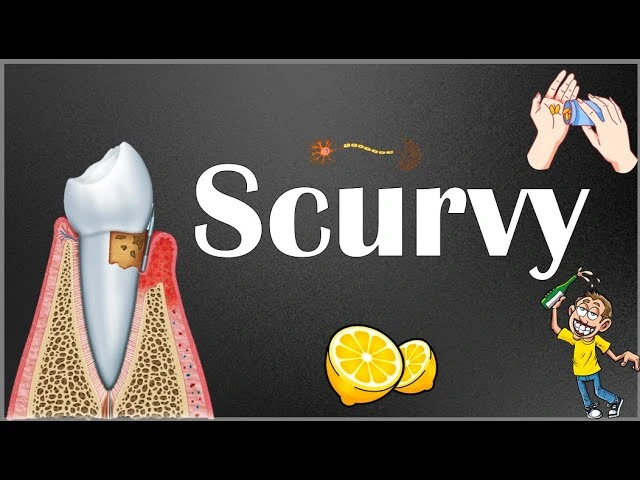

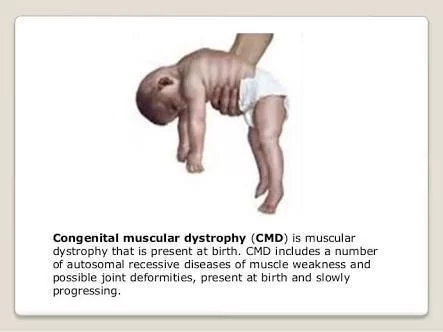
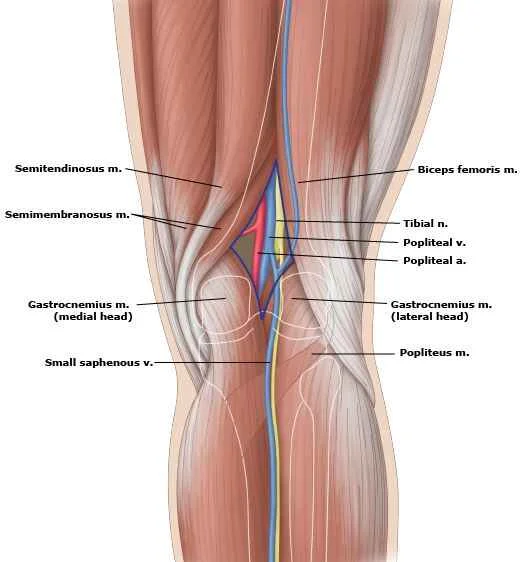

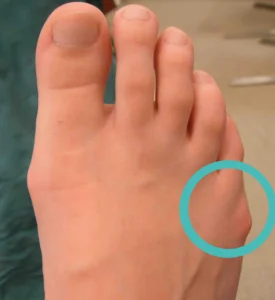
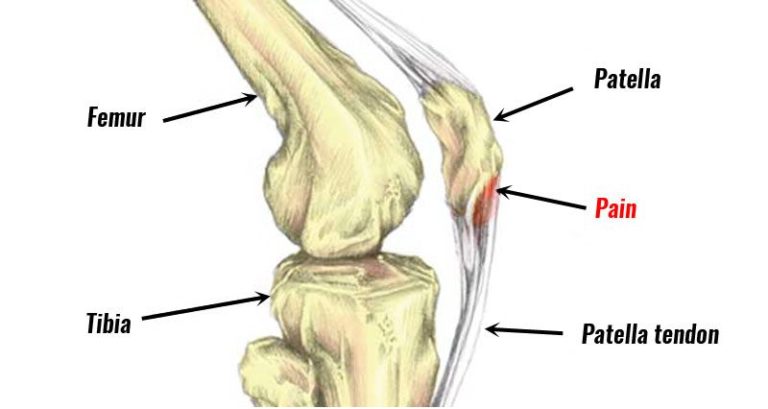
One Comment